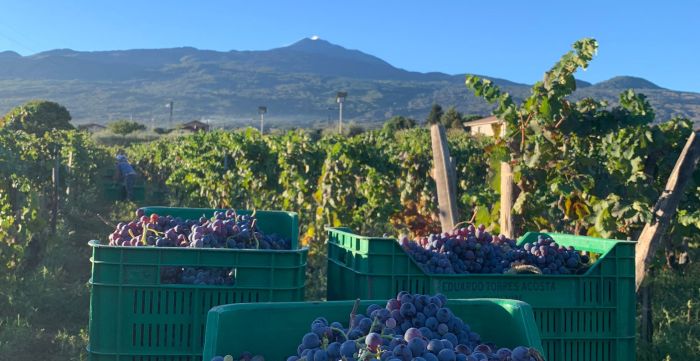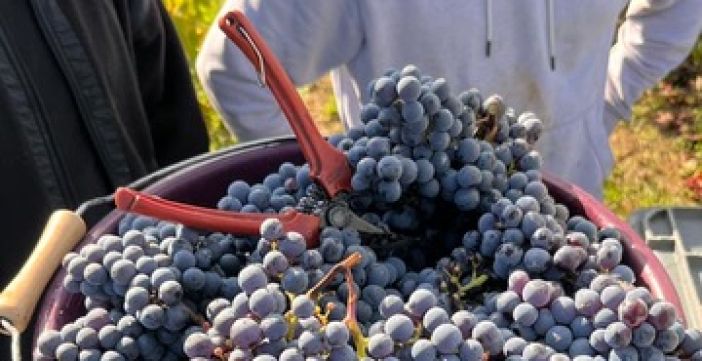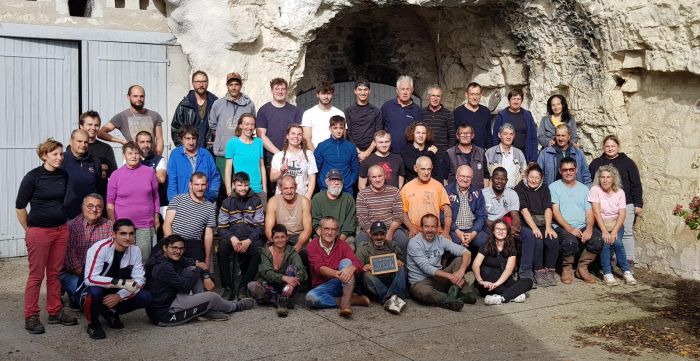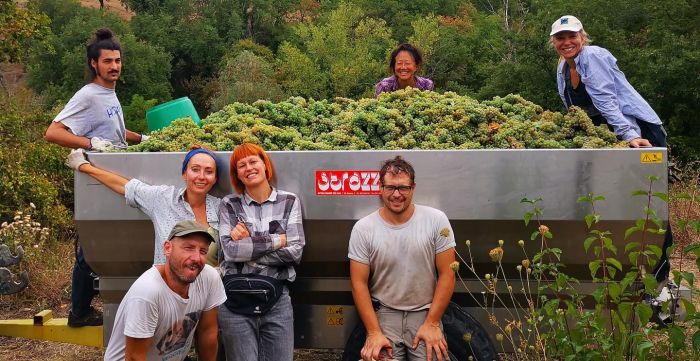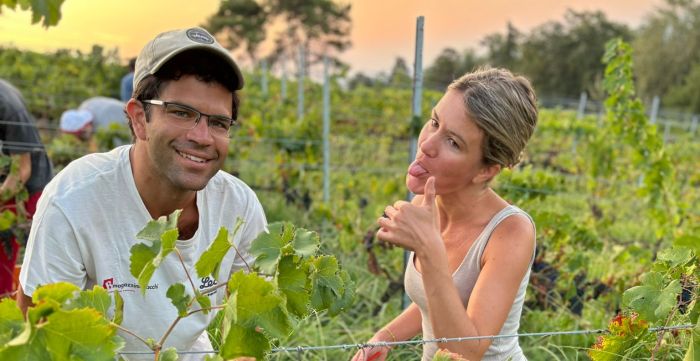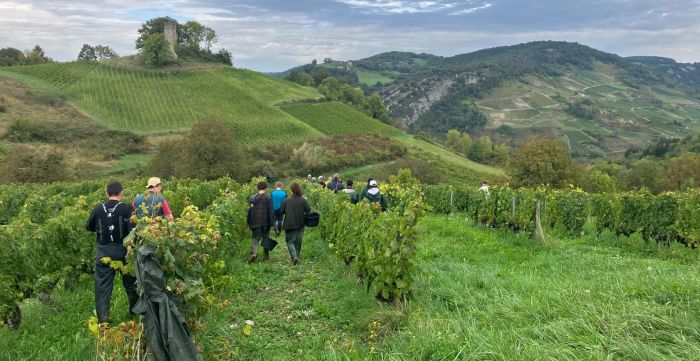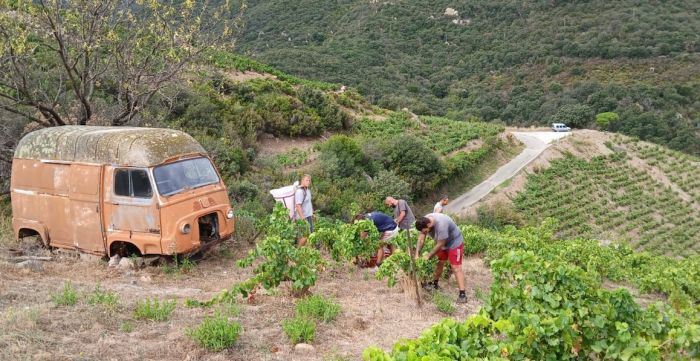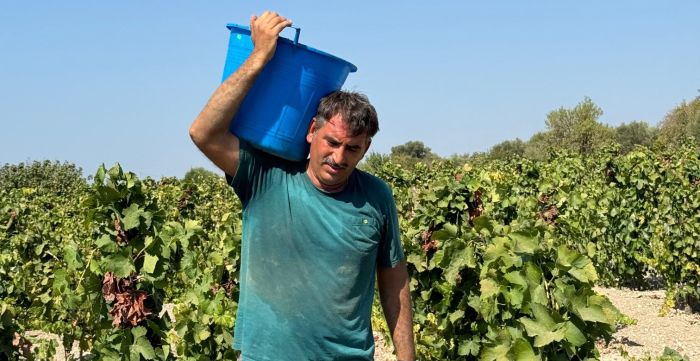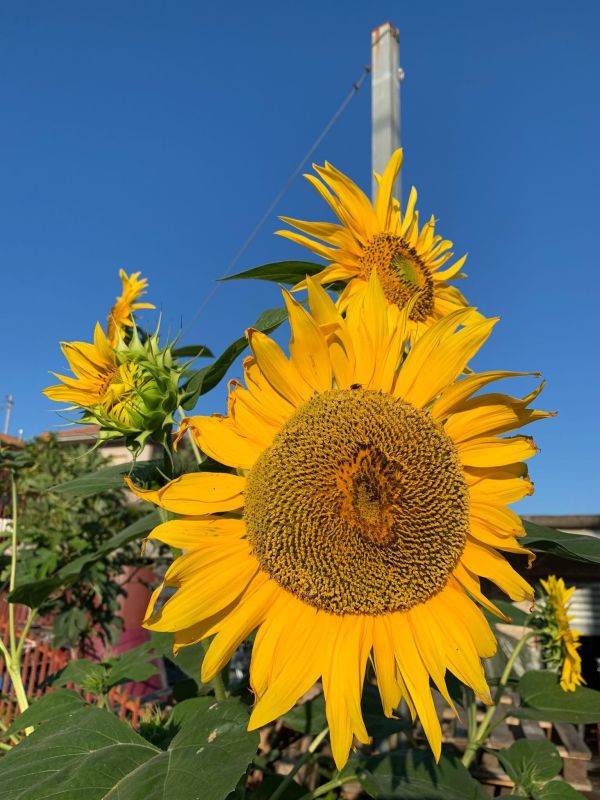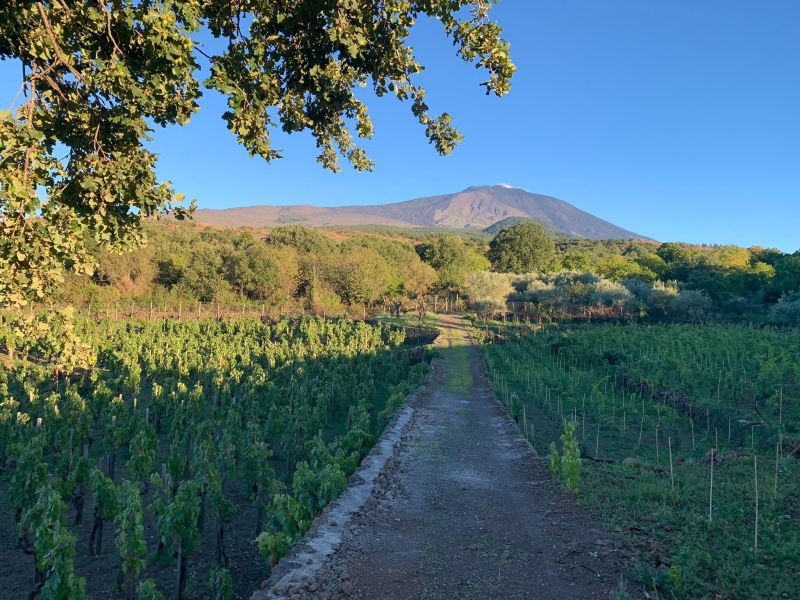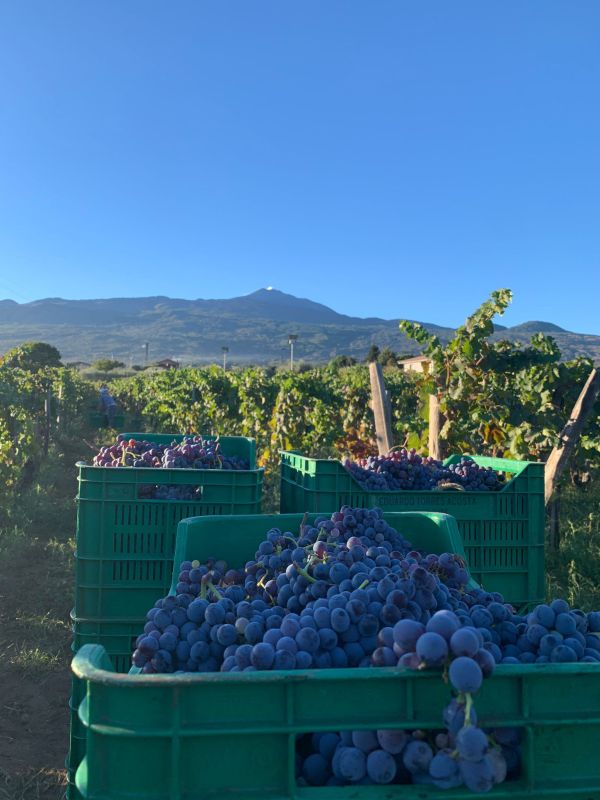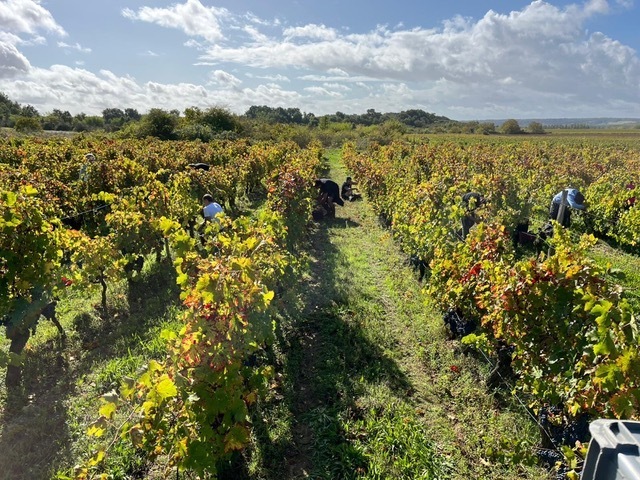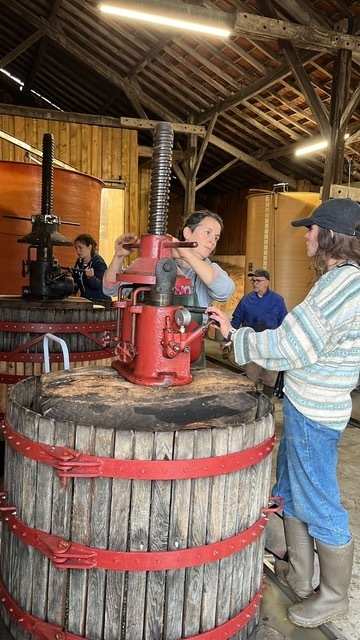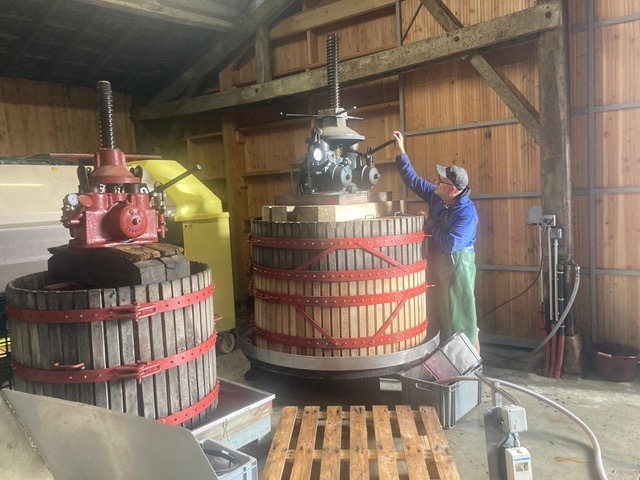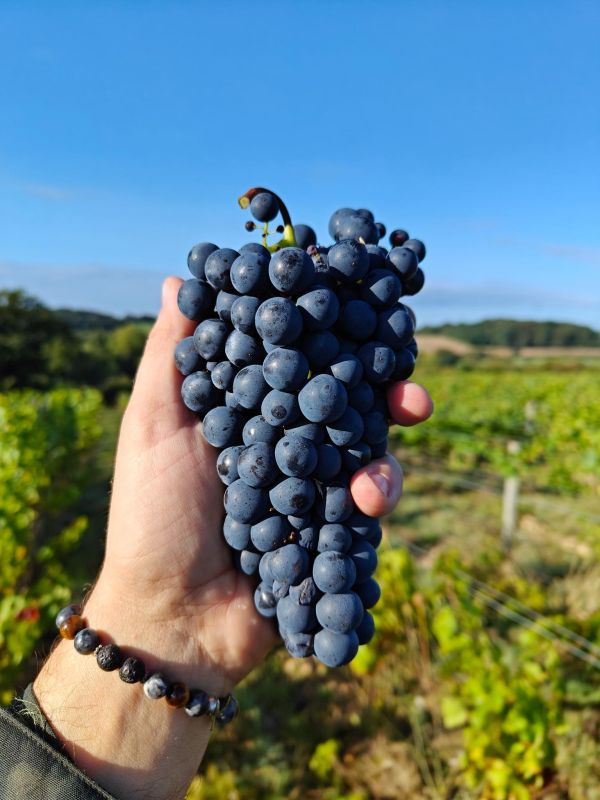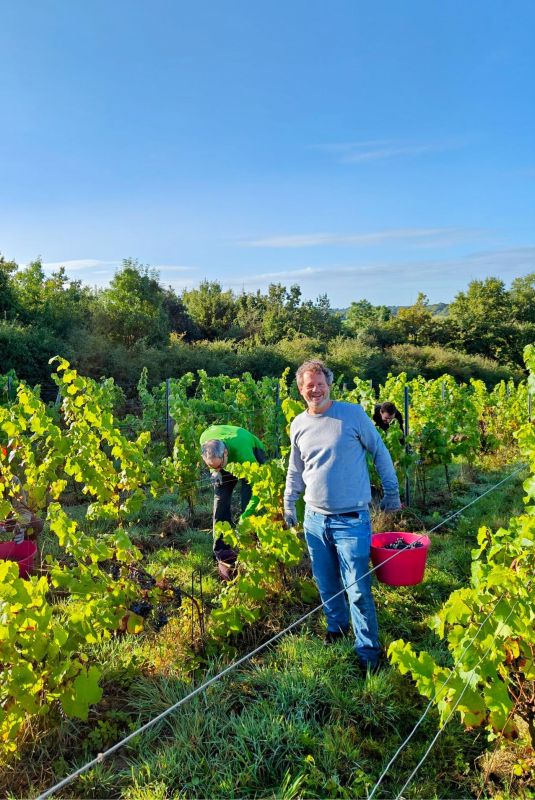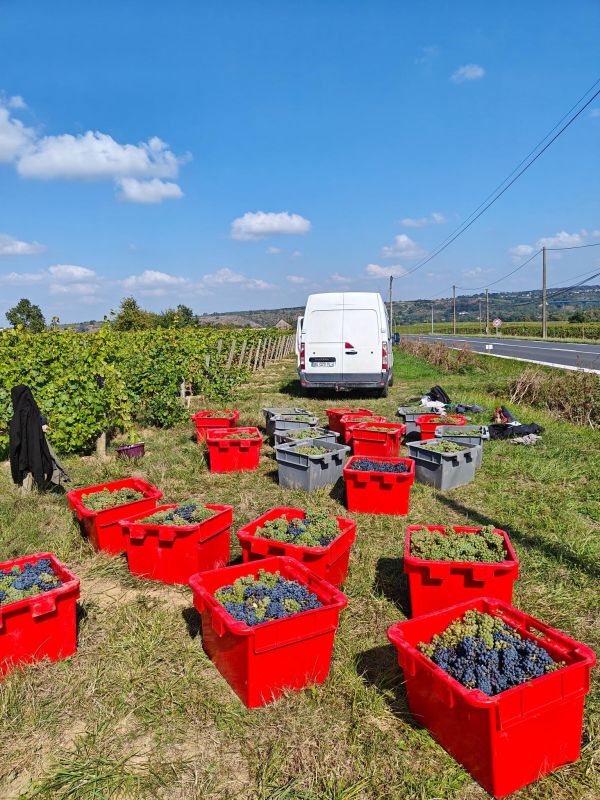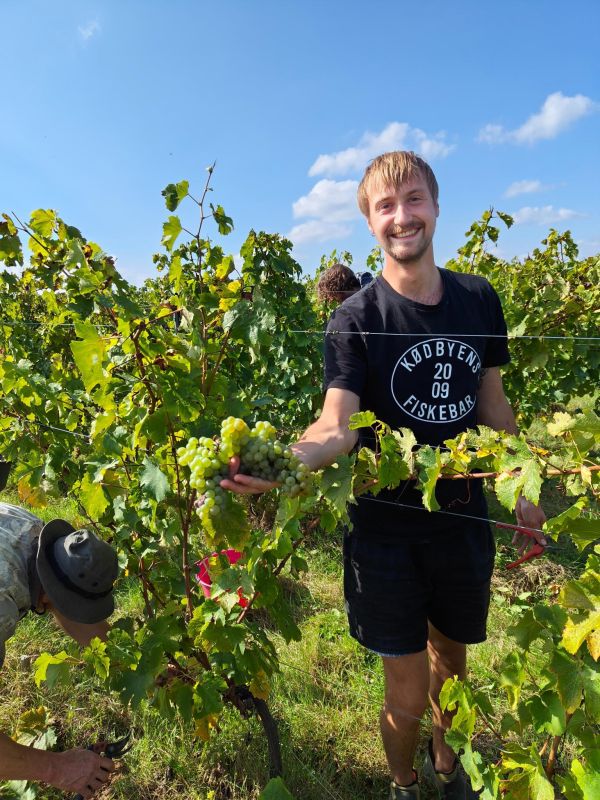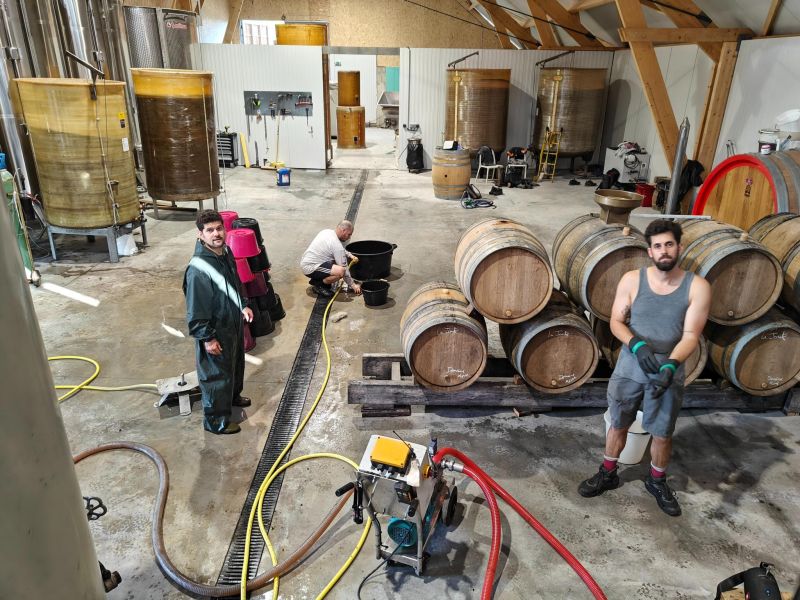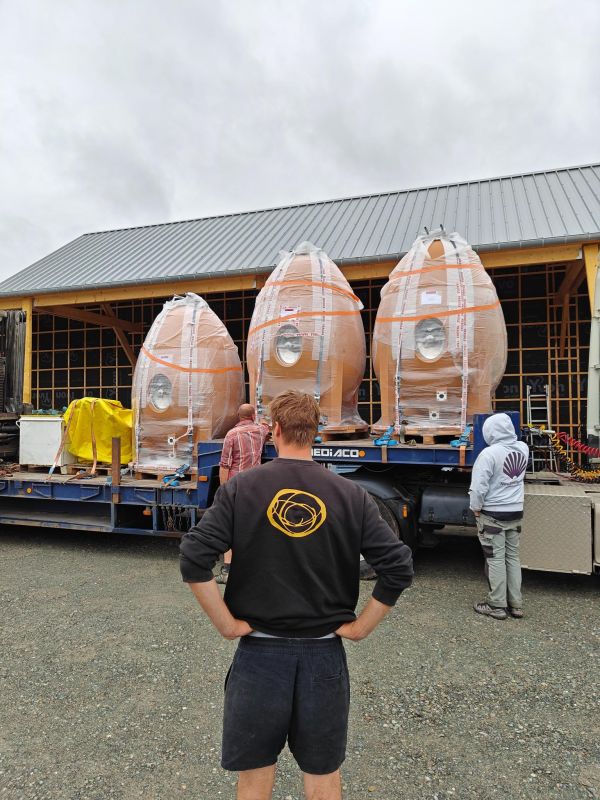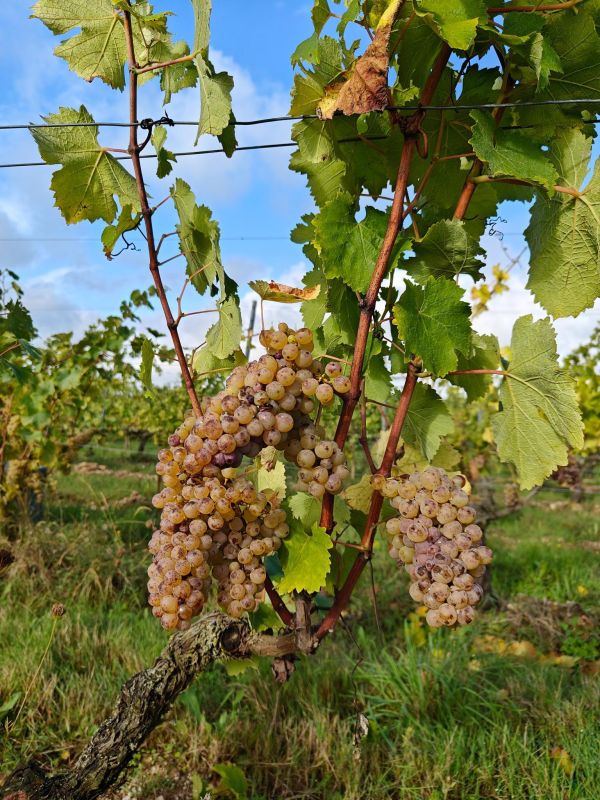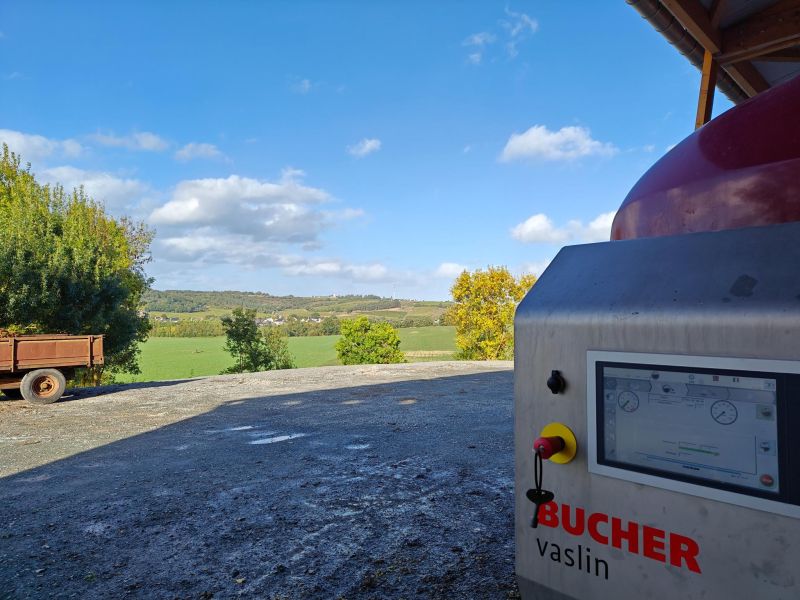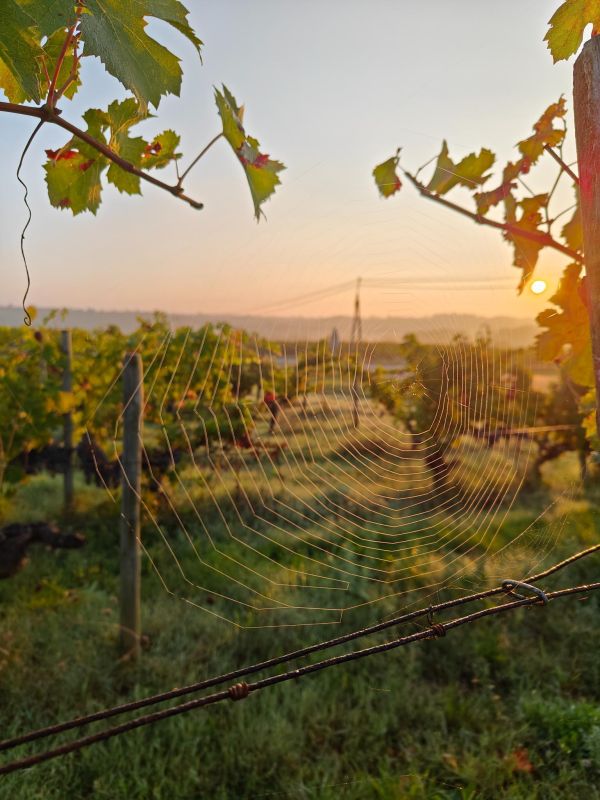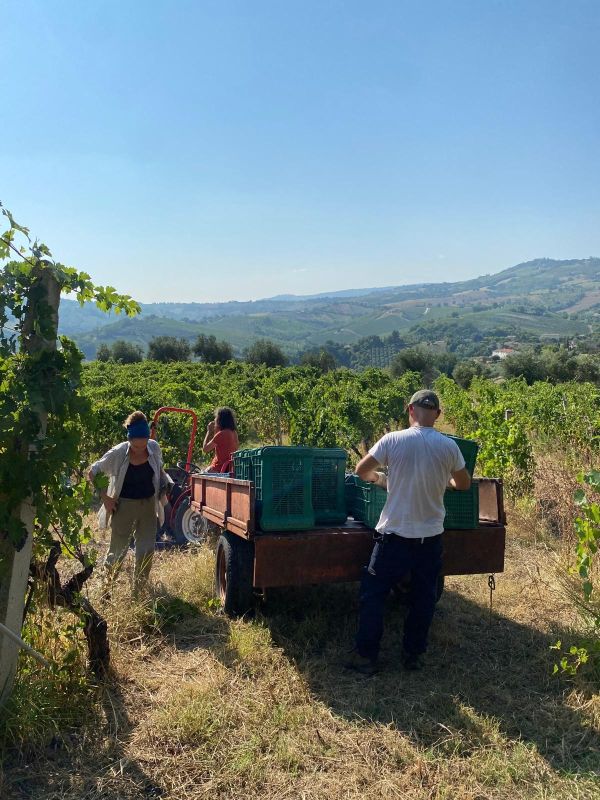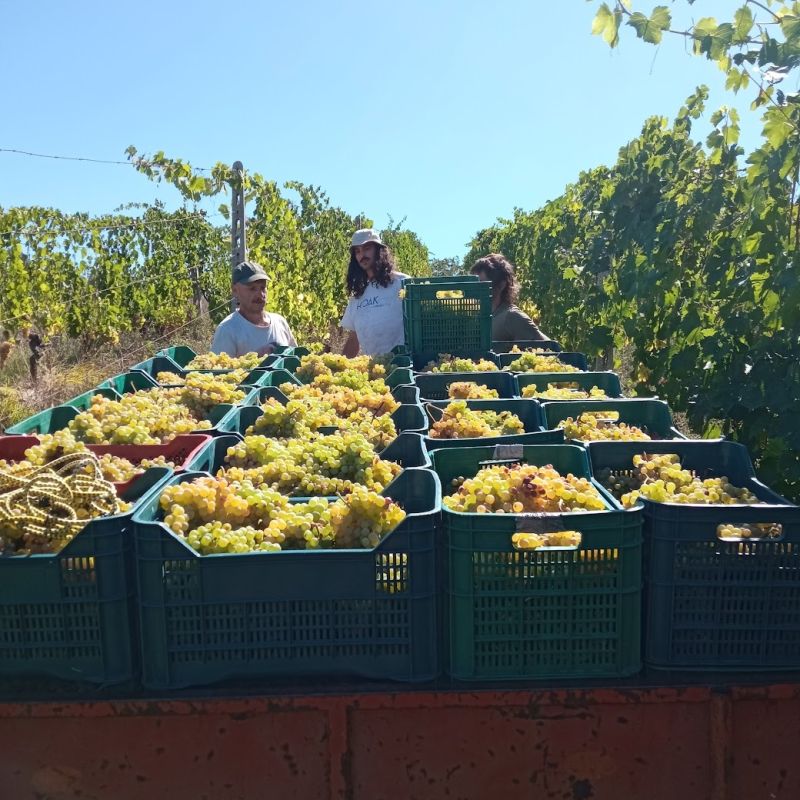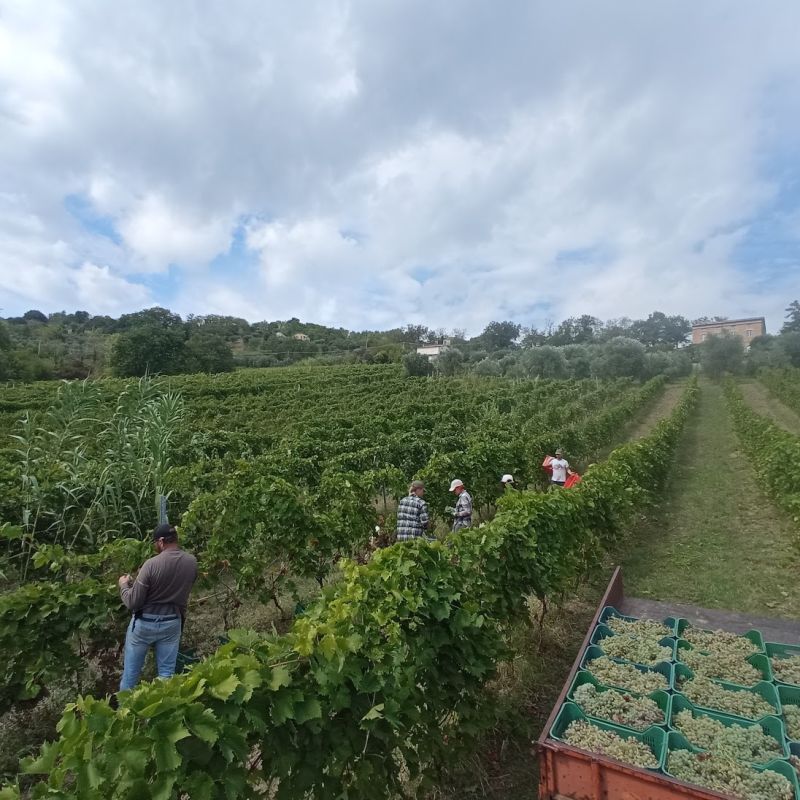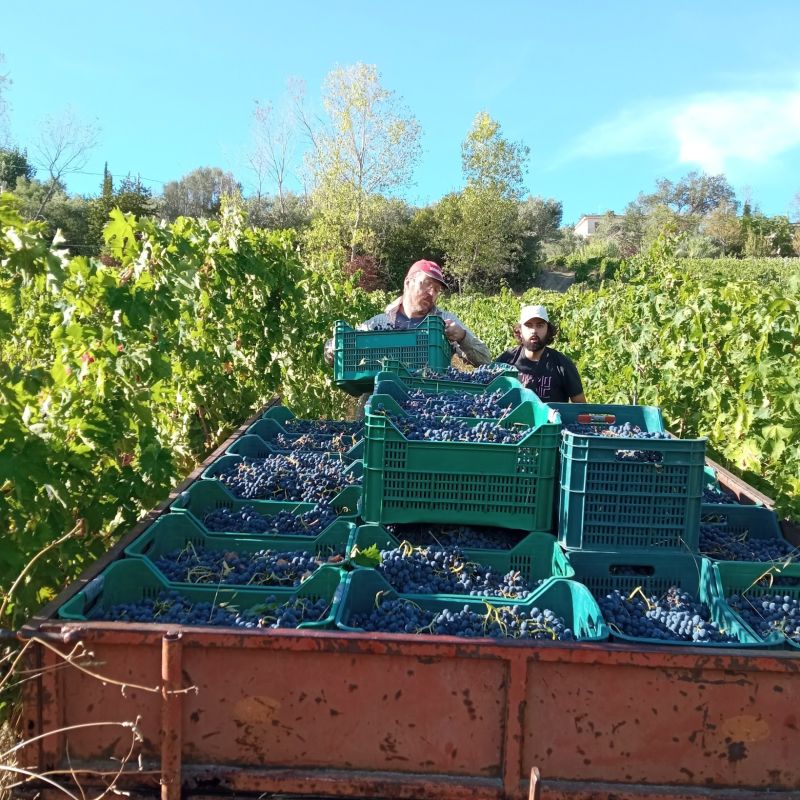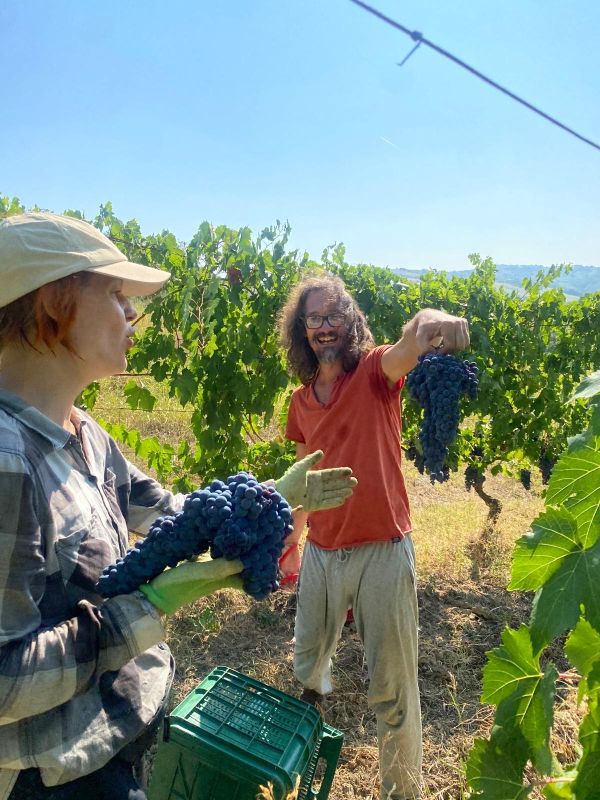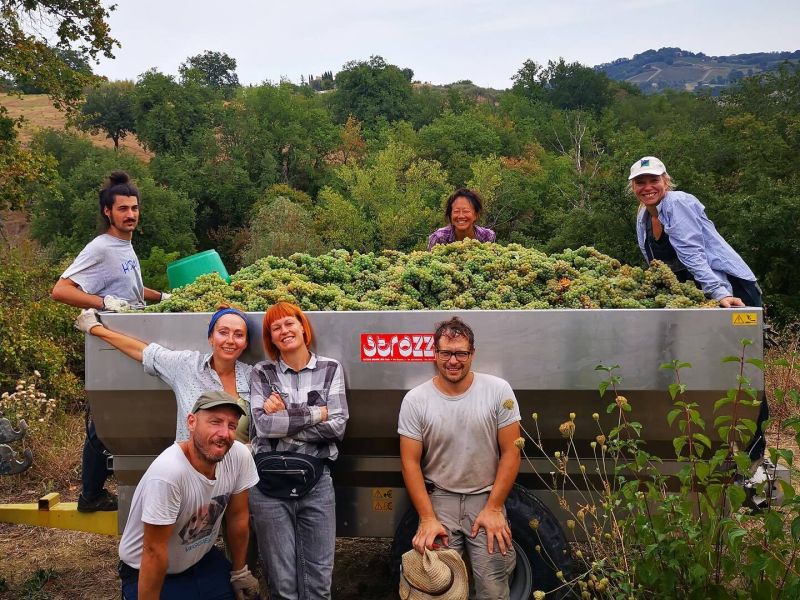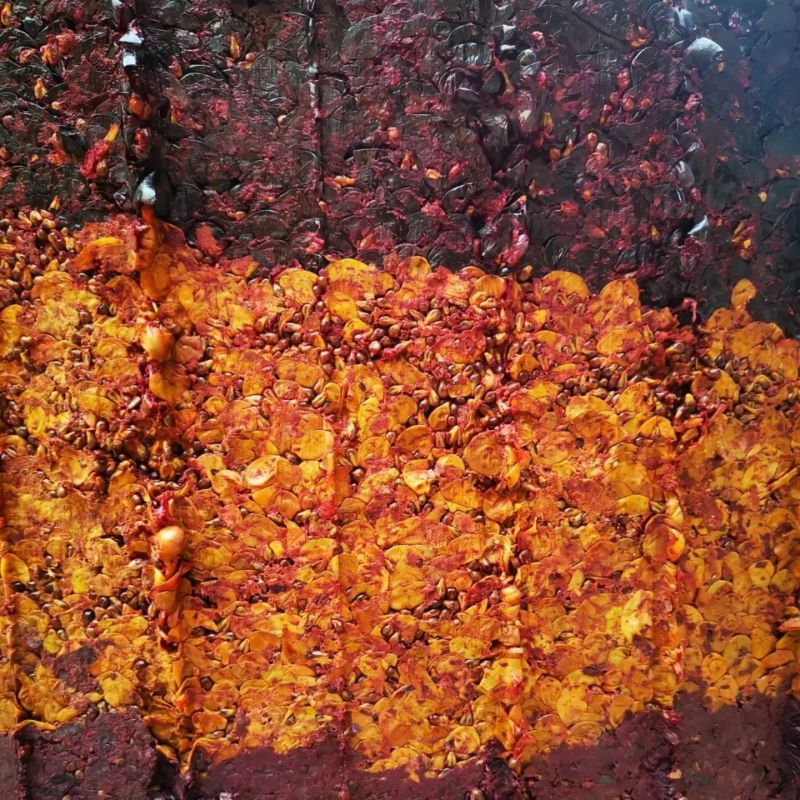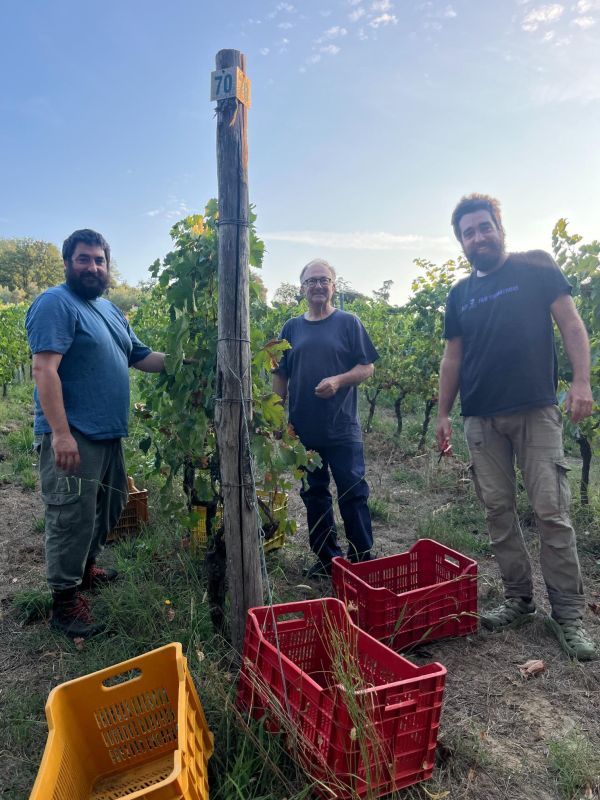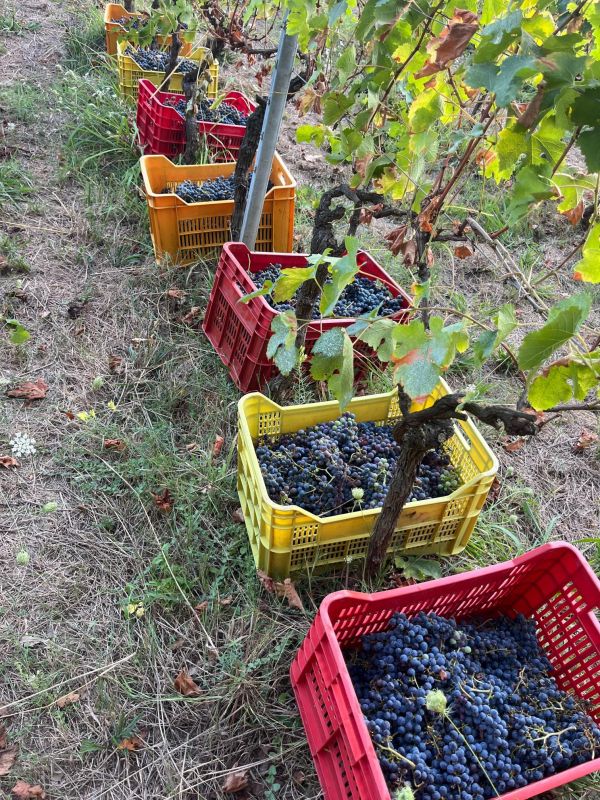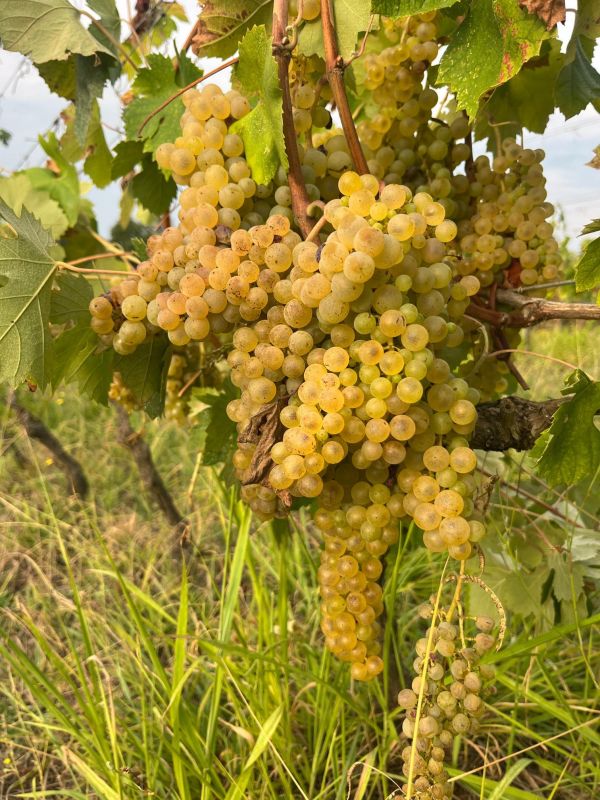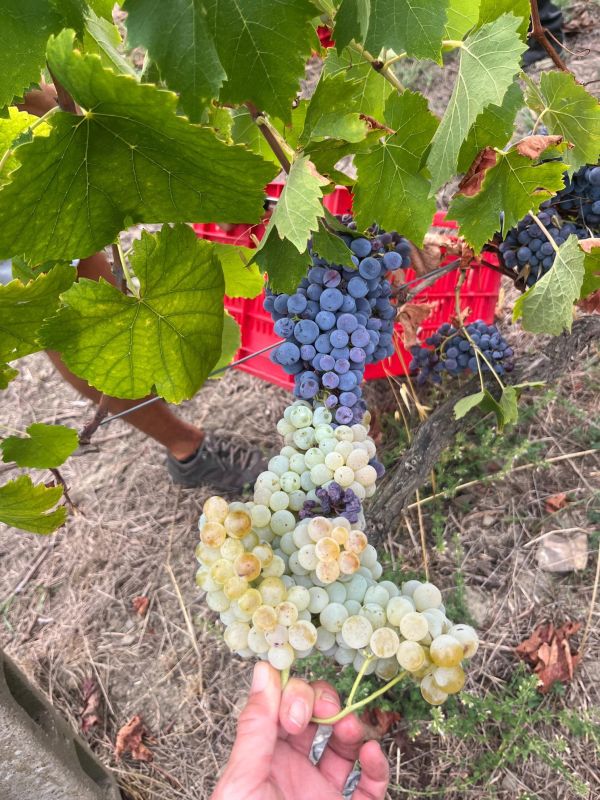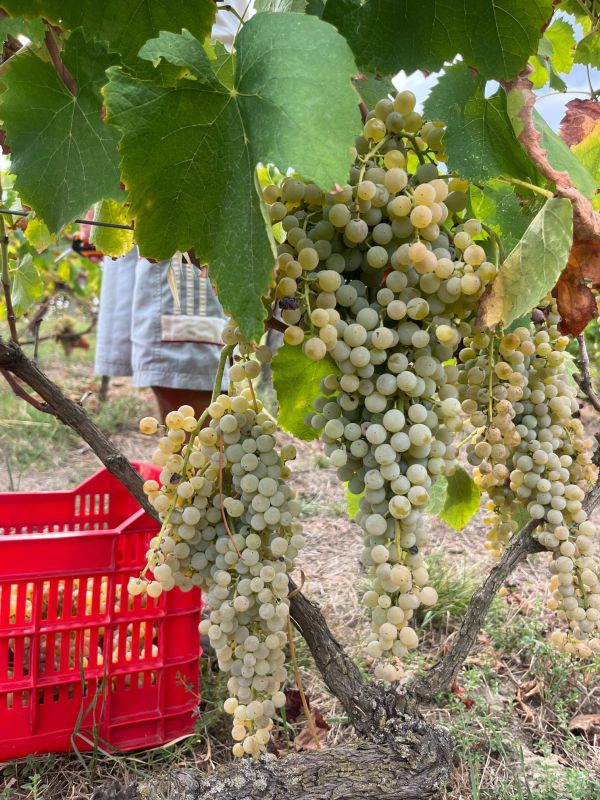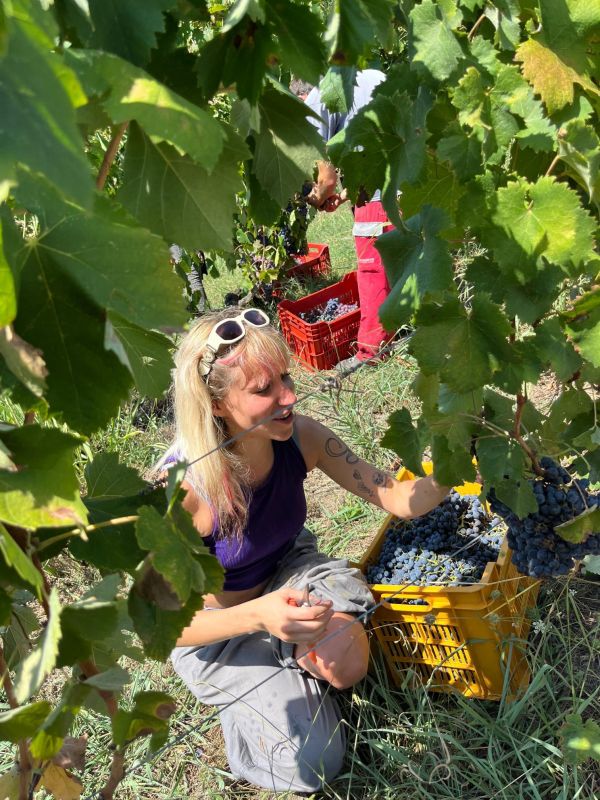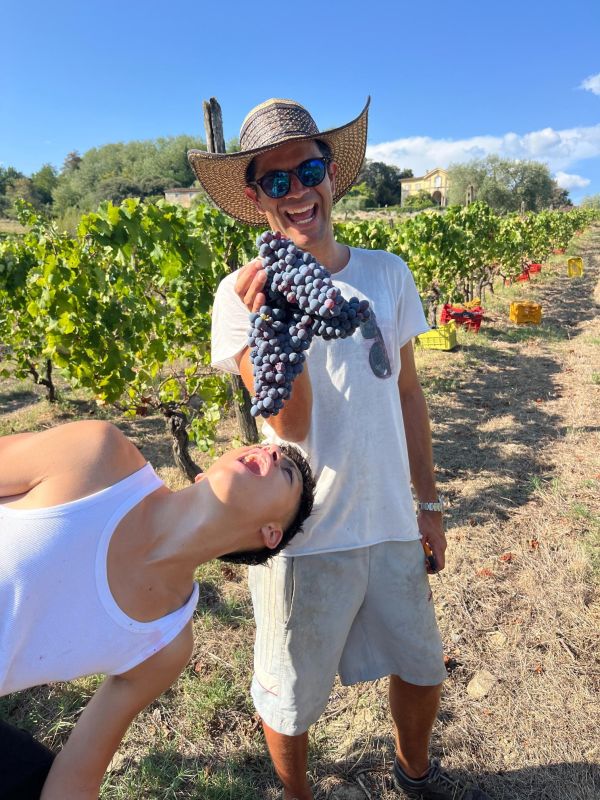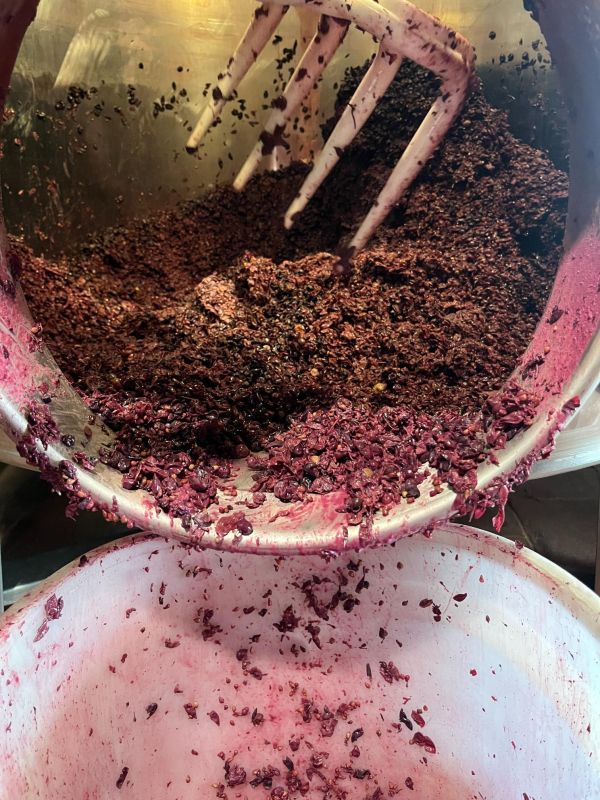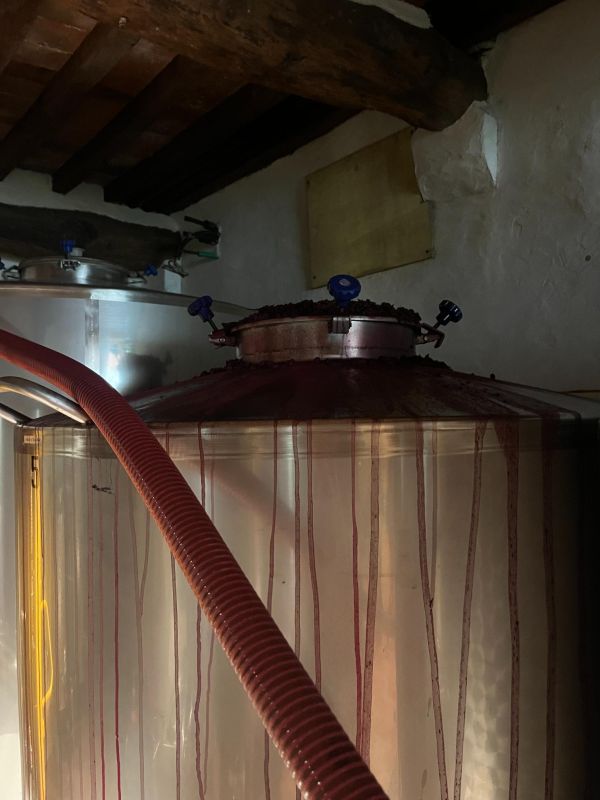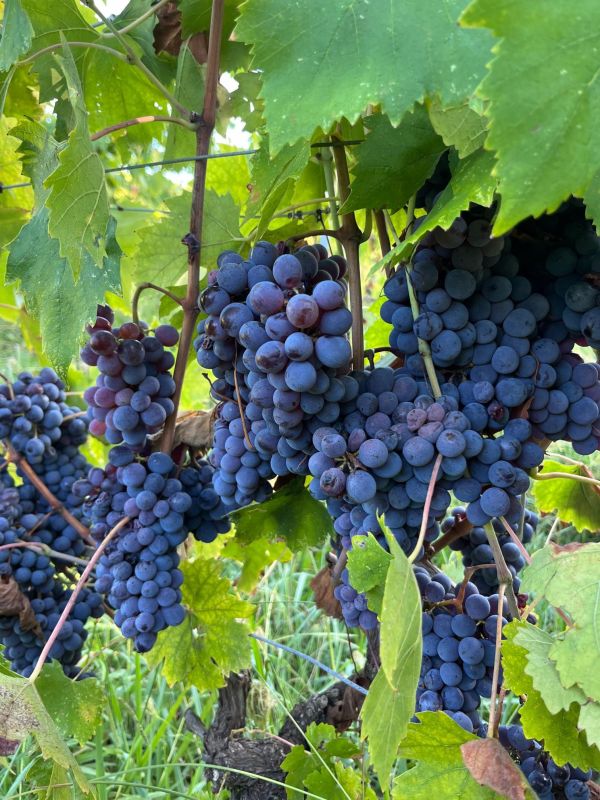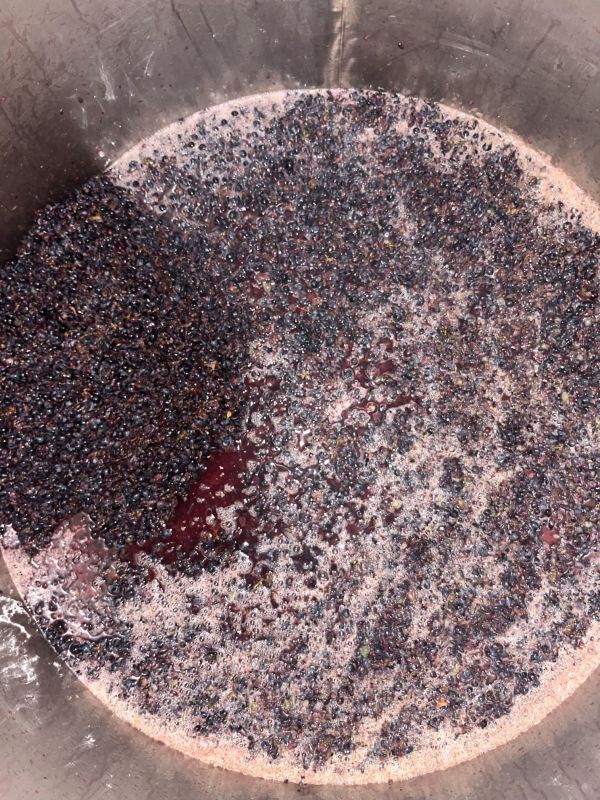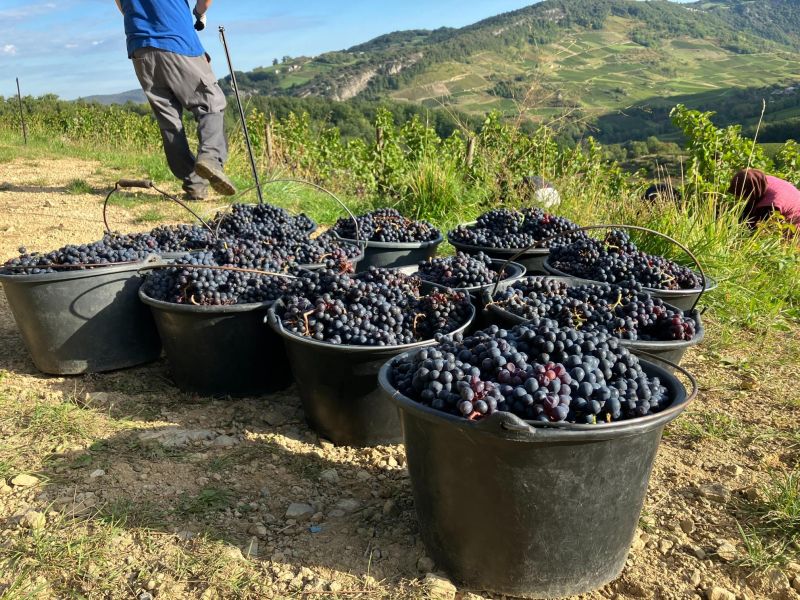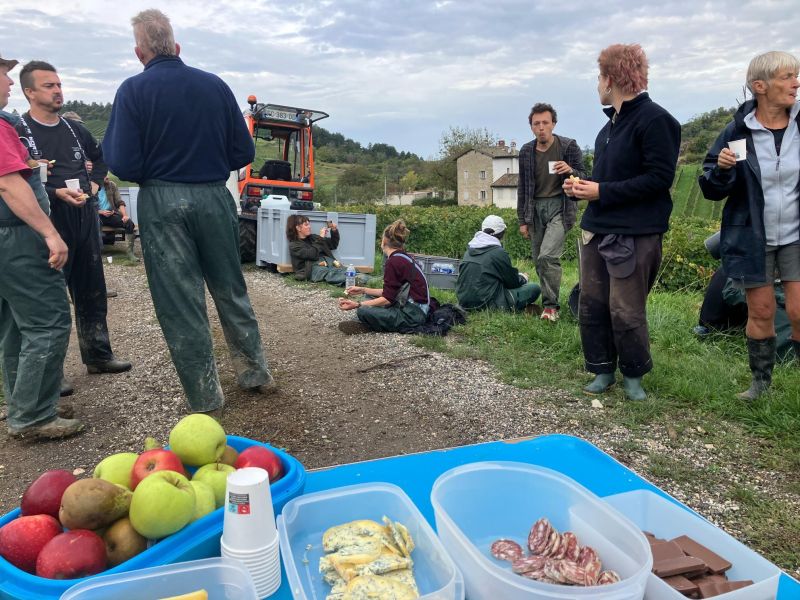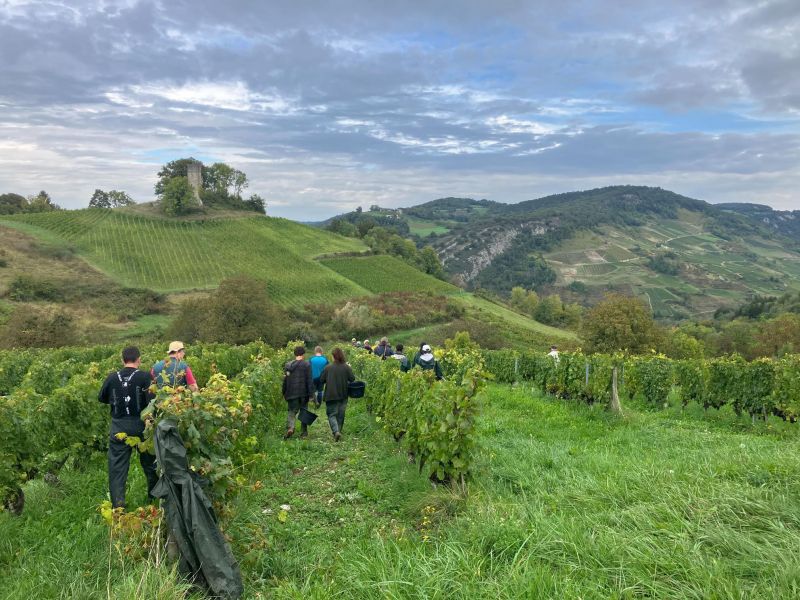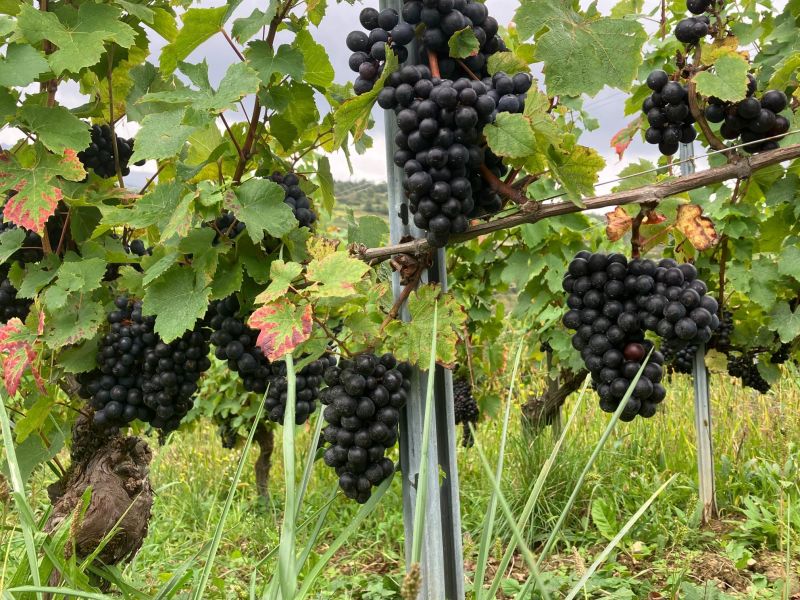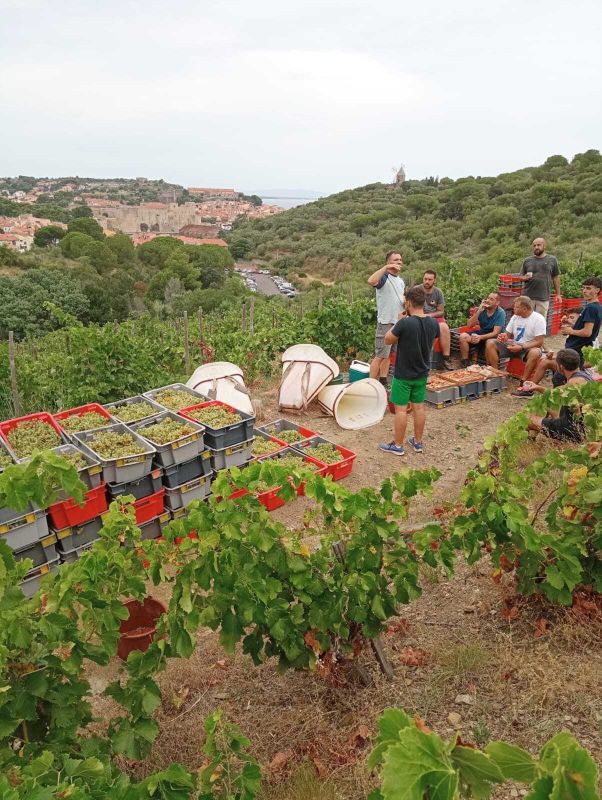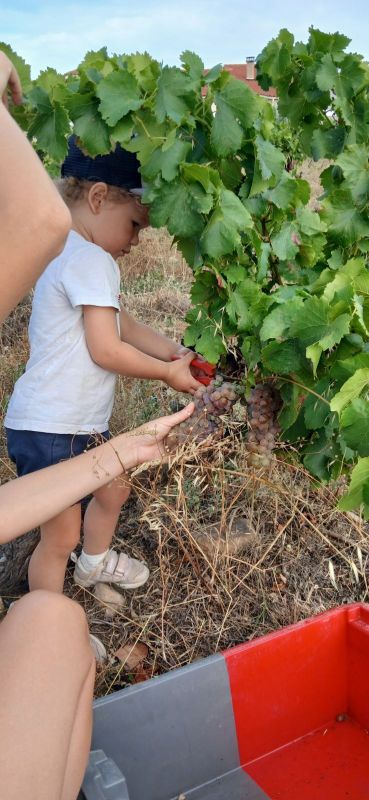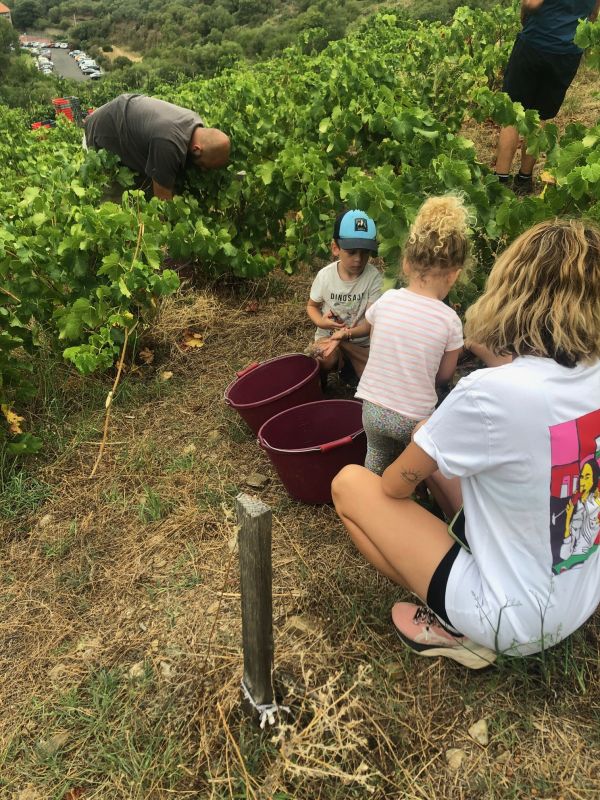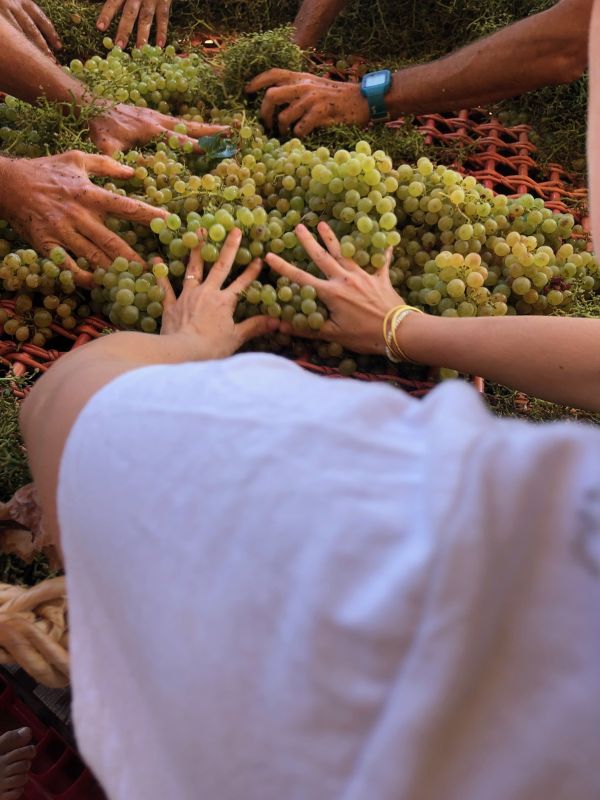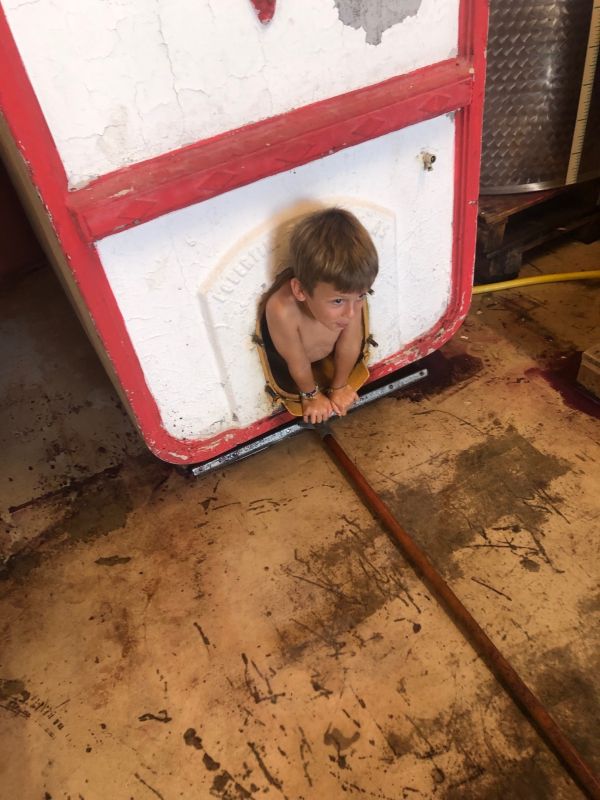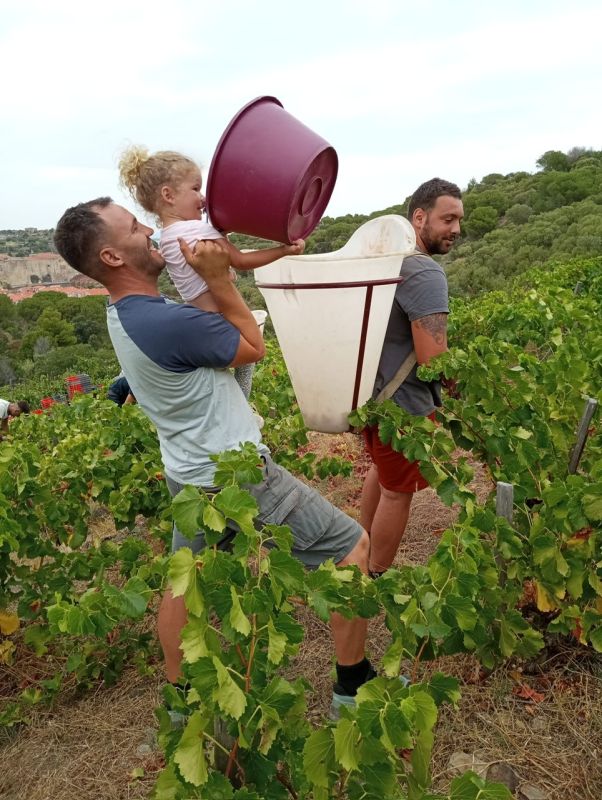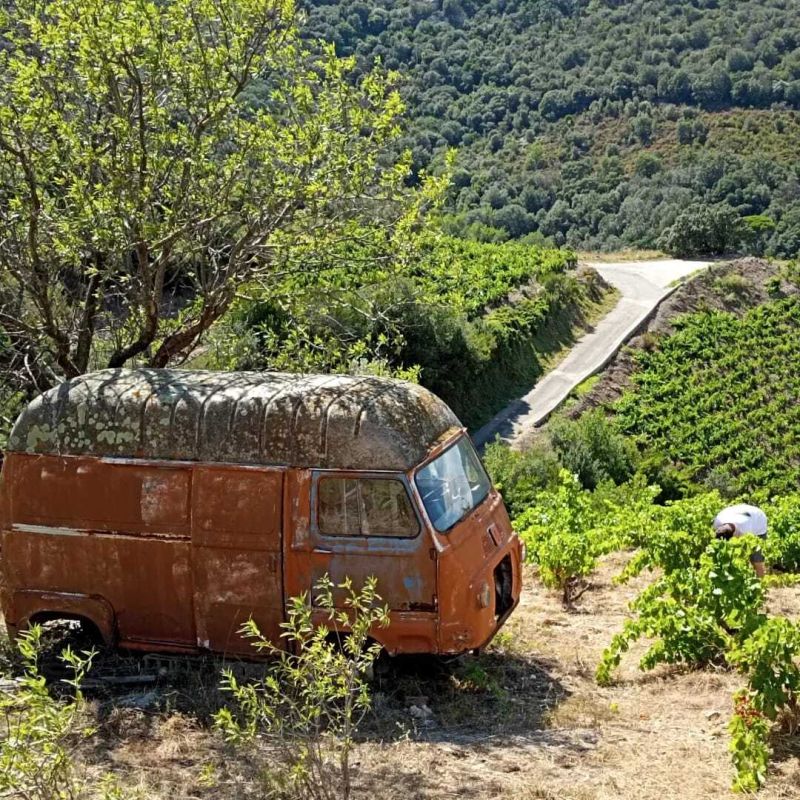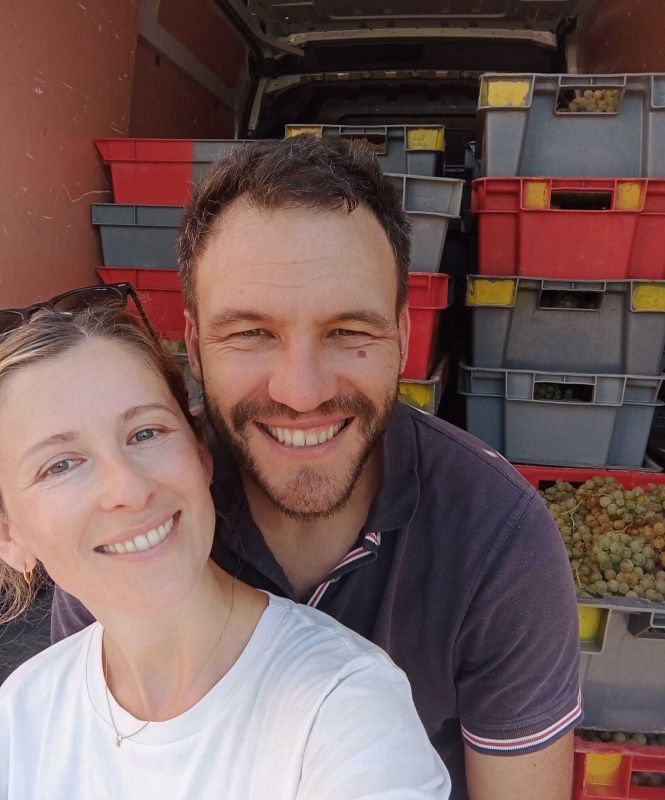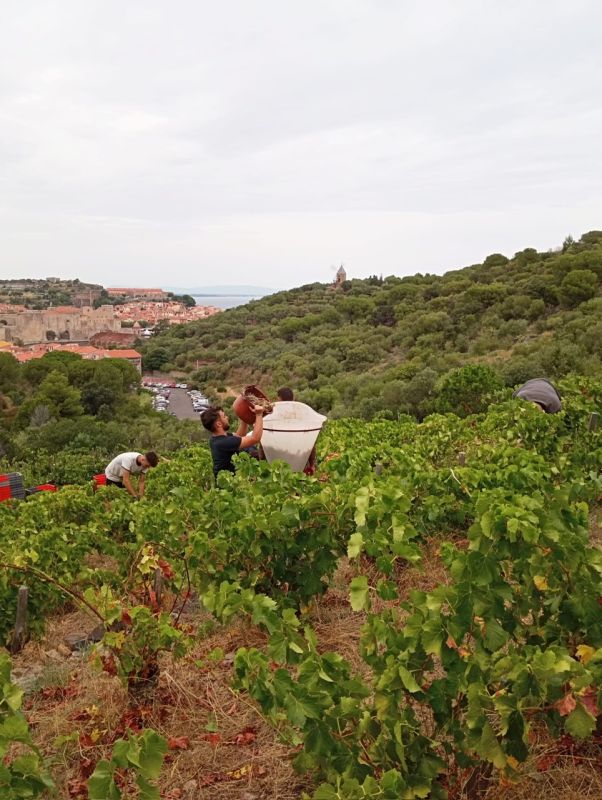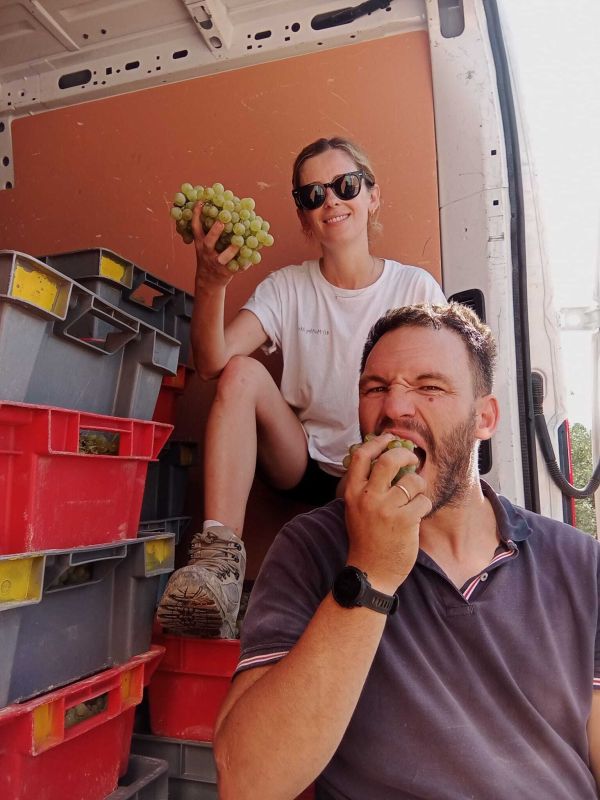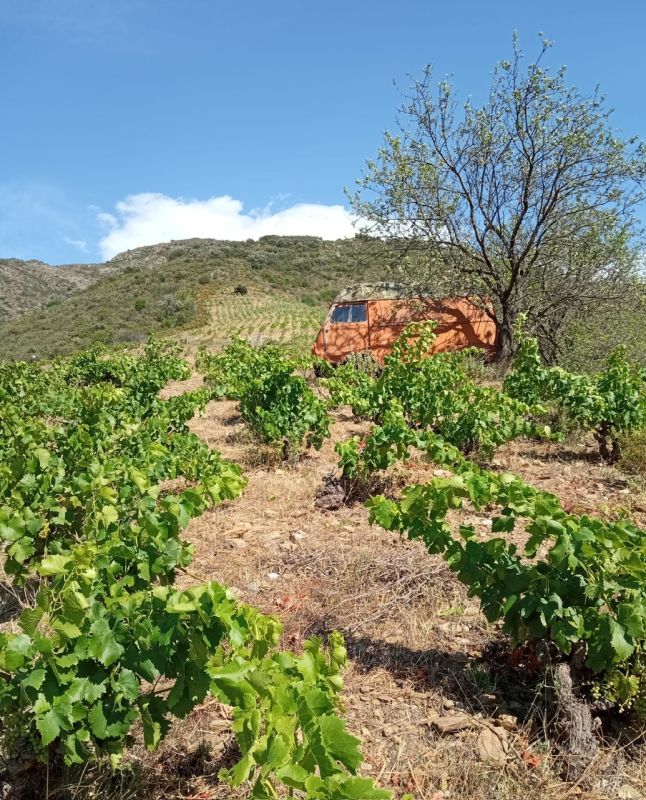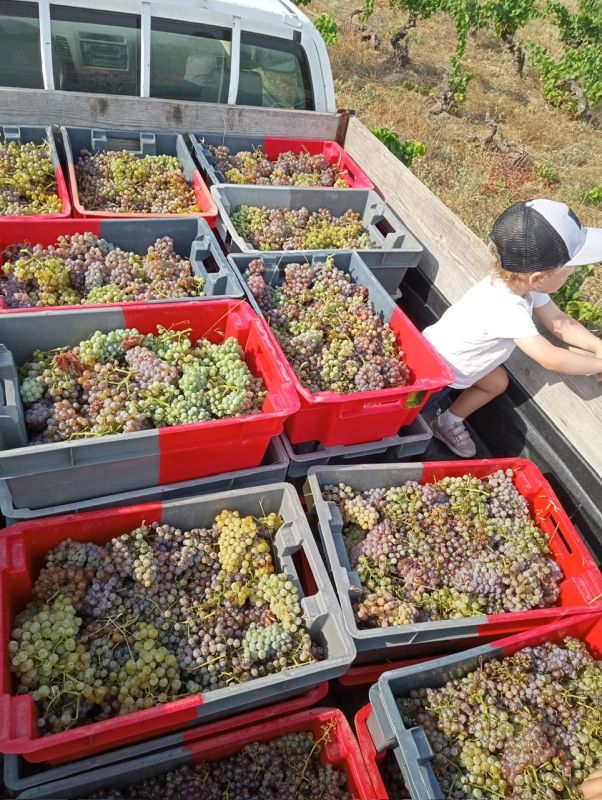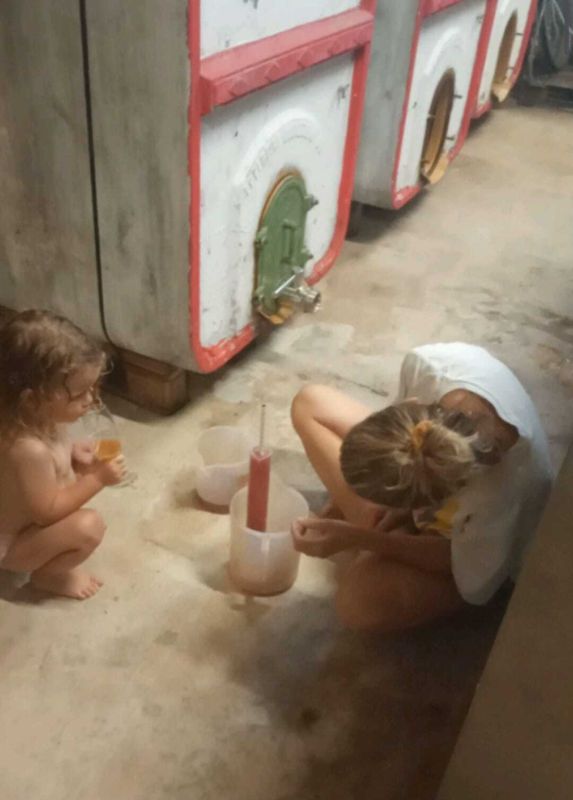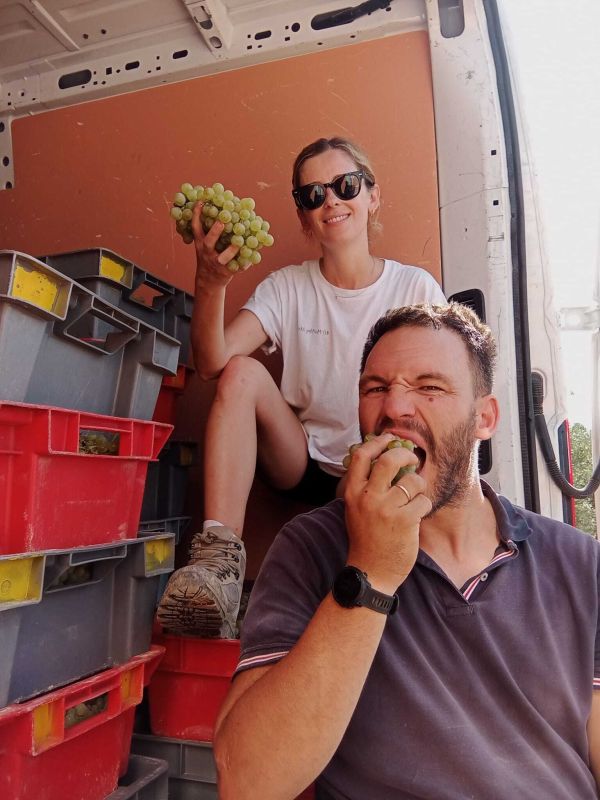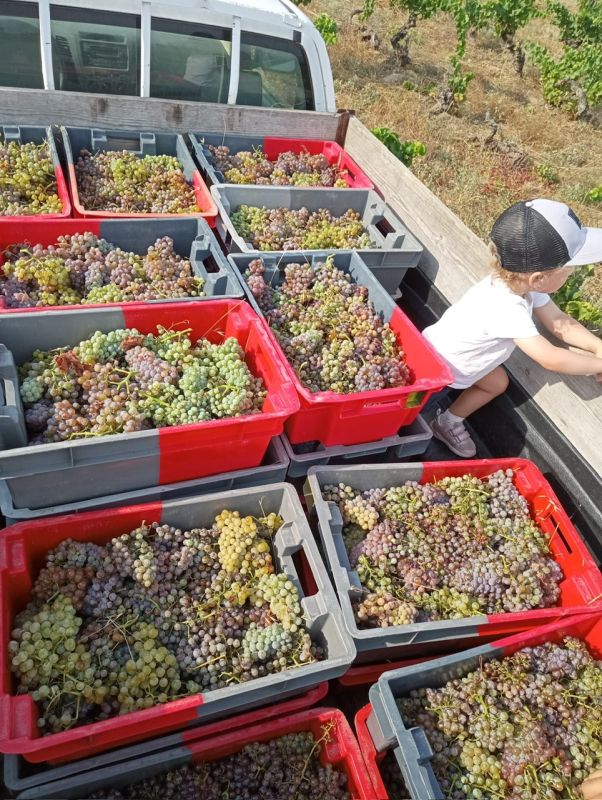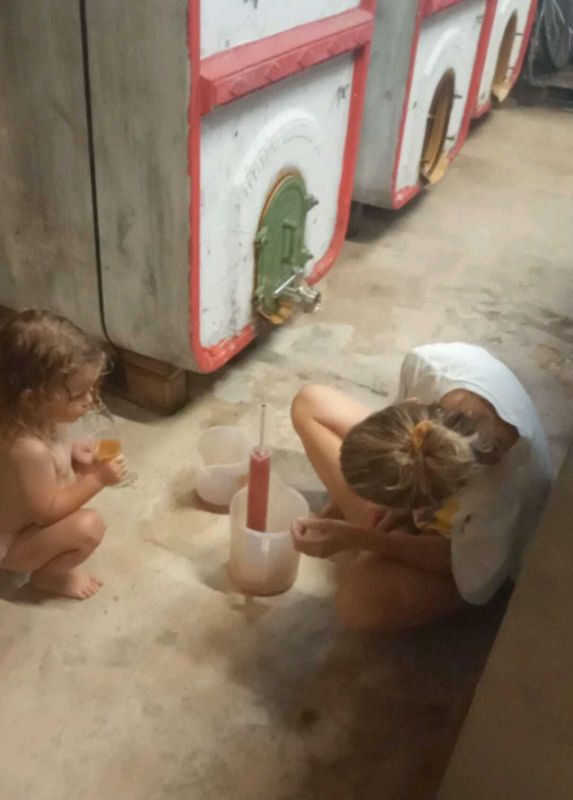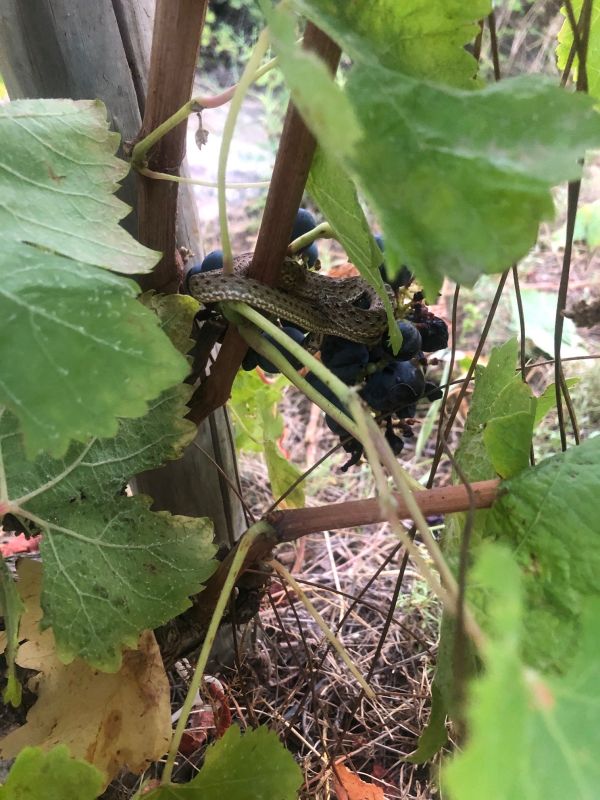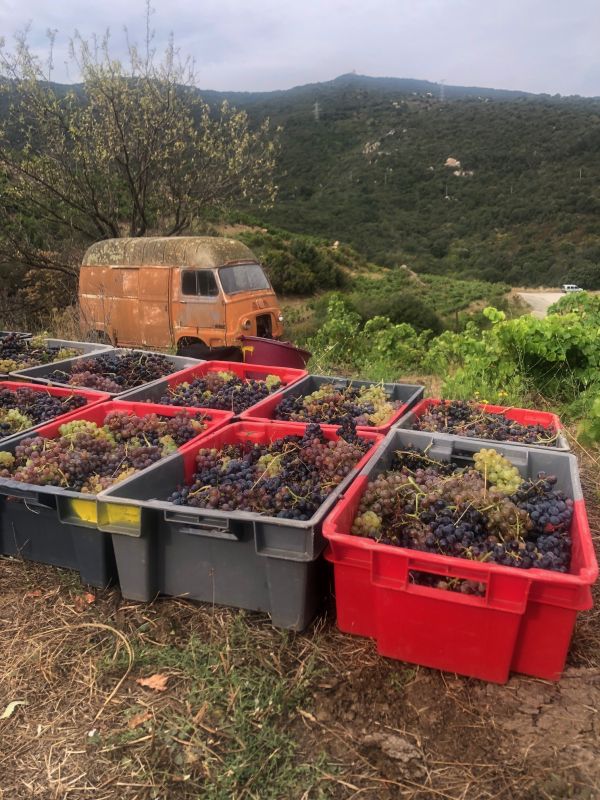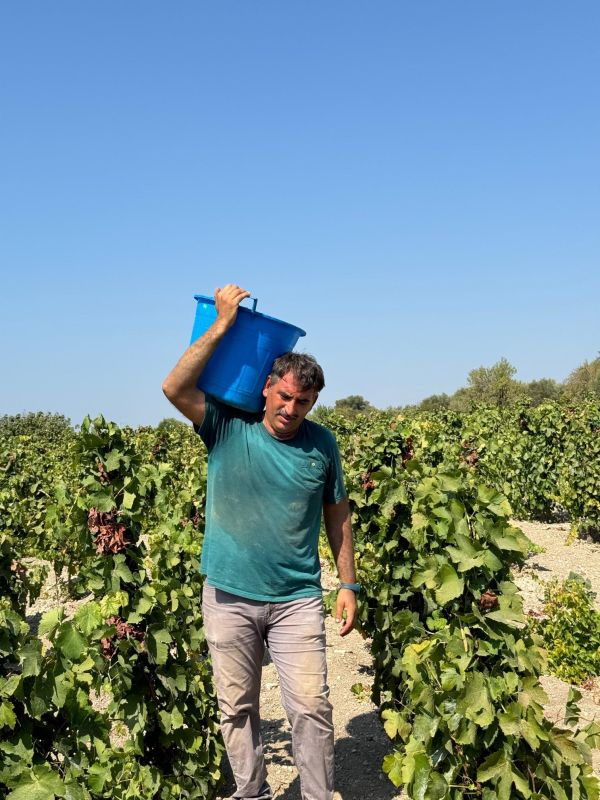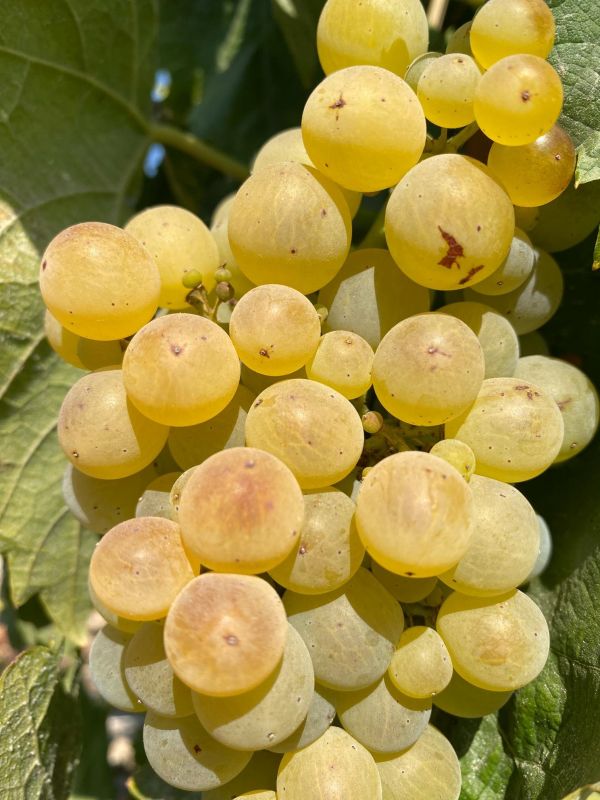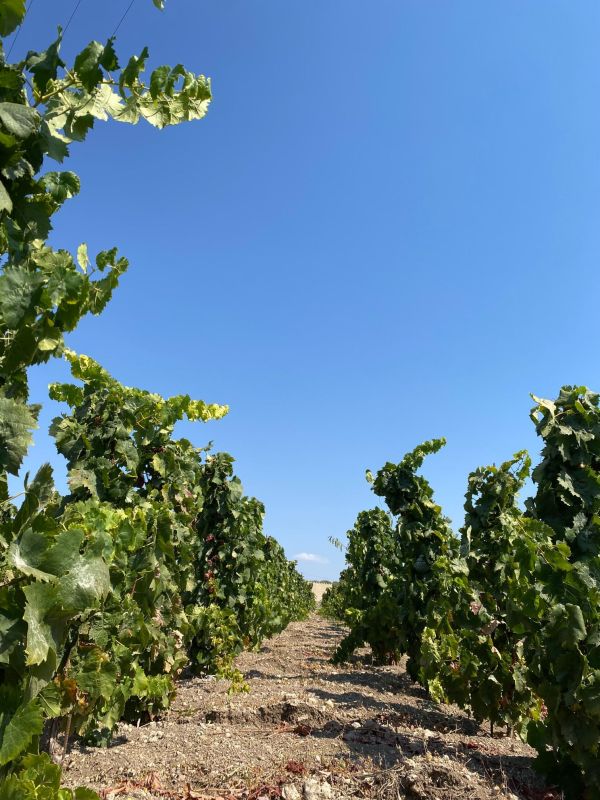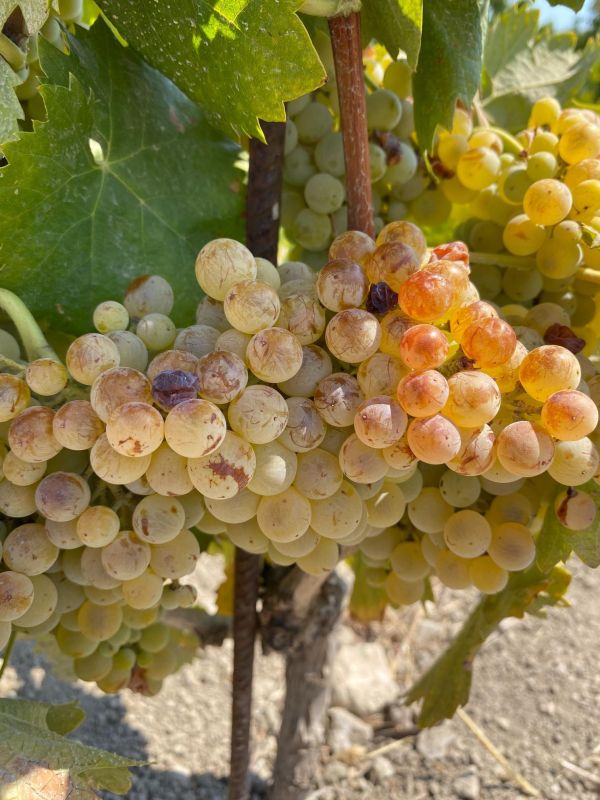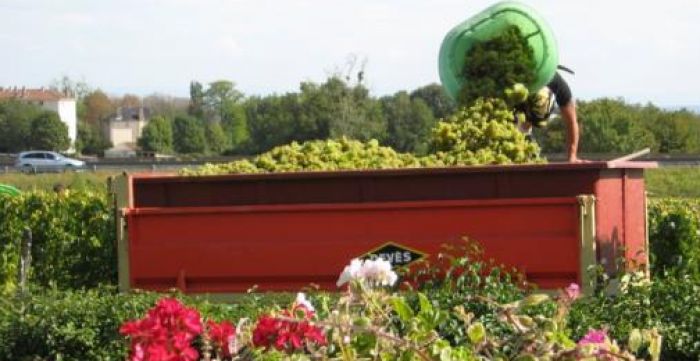I started the harvest here last Sunday (September 10th) with no regrets. Even though that may seem a little early, what had happened here was incredible: in a single week, the level of potential alcohol rose by two degrees, going from 12 to 14 degrees.
After an atrocious month of August, nobody saw this coming. But it’s been sunny and hot since September 4th and since then everything has been going extremely fast – maybe even much too fast.
2006 will be remembered for chaotic weather, giving us surprise after surprise.
The winter was long and cold, with seven snow falls, and the vegetation started slowly, 10 days late over a normal year. After March 20th, things picked up with better weather, and by early May, the vegetation was at its normal stage of development. This did not last long, however, with the return of a humid and cold stretch until June 10th. Some of us turned the heat back on at home, and we did not expect the vines to flower before June 15th to the 20th.
In another twist, summer weather came all of a sudden around June 12th, and temperatures climbed to 42/43 degrees C (107 to 109 F) in the sun (the vines are not in the shade, and neither are we when we work there!) Vines quickly started to flower, and within a week, around June 15th, everything was over. It was spectacular, a week before we were freezing in our heavy sweaters!
This type of weather persisted through June, with spikes reaching 48C (118F), reminding us of a recent summer very present on every mind, 2003. And July was relentlessly hot, the hottest month since 1943 in Mâcon according to the national weather bureau. We were already placing our harvest in late August…
Then August came, and we were convinced that since the grapes were way ahead, nothing much could make a difference. Well, this was not to be, and August was a catastrophe, cold and rainy. The local weather station registered only five days when the temperature managed to top 25C (77F), the average temperature for the month was 18.2C (64.76F) with 15 days of rain totaling 140mm – December 2005, January and February 2006, three months that should be rainy, totaled only 120mm!
So, once again, the harvest receded into the future. But, against all odds, early September was a repeat of June, with a complete turnover and an unprecedented jump of two degrees of potential alcohol in just one week. Instead of waiting we had to rush and start picking to avoid excessive degrees.
How did the vines react to these climactic extremes, with their sudden changes? Not too bad. In the spring, there was a threat of mildew, but June stopped that. The spring rains did not let oïdium get started, so we were able to minimize the treatments. However, many were caught off-guard in August, a month when usually one treats less, before going into the harvest. The rains re-started the threat of mildew, and we had to do preventive treatments again. Many plots were sick with mildew at harvest, but this did not affect the grapes, which are a lot less sensitive when maturing. The foliage, on the other hand, fell almost immediately after the harvest. This may affect the plants’ reserves of nutrients to resist the winter cold and other diseases. Otherwise, we had very few problems with insects, no grapes worms were present so we did not treat, and botrytis did not develop despite the August rains. It started in earnest at the very end of the picking season, around September 20th.
With the spectacular progression of potential alcohol, I rushed to start my harvest on September 10th, in the hope of keeping some freshness, fruitiness and acidity. I have several vats which are going to end higher than 14% of alcohol, my "Franclieu" cuvée among them. The fermentations are going better than expected, with a regular progression. Of course the very end may be difficult, but right now nothing is amiss.
The wines appear to be rather balanced; the “heavy” character of high alcohol that tends to mask aromas, a concern at harvest and at the beginning of fermentation, looks to have lifted off, and more complexity and finesse are emerging. The acidity levels are correct to good, the PH relatively low but still higher than in 2005. Everything points to a good vintage.
